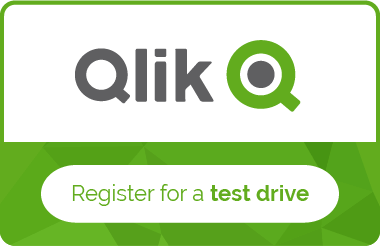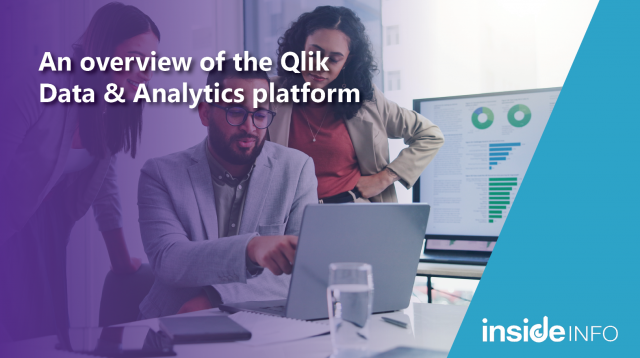HR Analytics Is Key To Mobilise Talent And Profitability

We all know that people are vital to the success of any business. If a business can attract the right competencies, manage talent effectively, utilise capacity efficiently and retain employees, it’s setting itself up for long-term success. Senior management is increasingly interested in having concise, up-to-date information about employees and related external factors that can be used to make business decisions and mobilise talent as strategies change.
In a recent Economist Intelligence Unit survey of CEOs and CFOs, about one third of those surveyed said that the unavailability of data presented an obstacle to being able to measure the value of HR activities however. In short, HR needs to capitalise on the vast amount of employee data available and deliver more actionable insight, more quickly, in the form of workforce analytics, in order to keep talent in step with business goals and strategies.
The Human Capital Institute Survey showed that 58% of executives said that having better insight into talent could improve profitability & 60% said it could increase revenue per employee.
This is where analytics can help HR quickly examine huge amounts of data to identify trends and patterns in employee behaviour and performance. HR can do much more than track basic performance indicators. It can understand the workforce in greater depth, find out what is happening and why it is happening, and determine the best way to move forward.
Using Qlik Analytics To Power HR Decisions
We’ve seen an increased demand among our clients recently looking for a better understanding of employee trends, labour productivity, benefits and recruitment data across their organisations. We’ve been working with companies to provide this type of information in the form of improved HR analytics. In particular providing dashboards & analytics software called Qlik that brings together data from payroll & other systems to understand attrition rates, retention, employee trends & demographic profiles, compensation by value band & how this varies across departments & other areas.
When looking to analytics to power HR decision making, key questions to ask are:
-
Do we use analytics effectively to monitor HR performance & drive improvements?
-
Do we understand employees by type, value band & segment to better tailor HR services?
-
Can we look ahead to identify employees at risk of leaving or forecast team performance?
-
Are we using workforce data to provide a clear view of performance to management?
-
How can analytics help us be more proactive in workforce planning, model ‘what-if’ scenarios & identify areas for future improvement?
-
Do we have a consolidated view of all HR and other critical business data?
Qlik can deliver HR analytics in the cloud in a system that HR teams & managers can easily use & maintain themselves without having to rely on IT. This provides a more cost-effective, on-demand solution that can be up and running in a few weeks. HR teams can gain insight into:
Workforce management:
- Optimise employee management & succession planning
- Analyse staffing resources & onboarding
- Assess training & education offerings
- Monitor productivity trends, staffing ratios & improve workplace relations
Total Rewards:
- Control staffing efficiency, benefit offerings & labour costs
- Analyse compensation vs performance
- Enable benefit & payroll forecasting
- Get a holistic view of total rewards from disparate sources
Enhance Recruitment:
- Improve organisational forecasting
- Understand sources of recruitment better & what works
- Use smart analytics to find better quality candidates
- Analyse employee behaviour to reduce staff turnover
By providing this type of deeper insight into workforce performance, HR can demonstrate business value, equipped with integrated, strategic insights that can help you speed up decisions, reduce risk and empower management.
To find out more download this ebook on “7 Tales of Empowered HR” that gives examples of how others are leading in workforce analytics.






